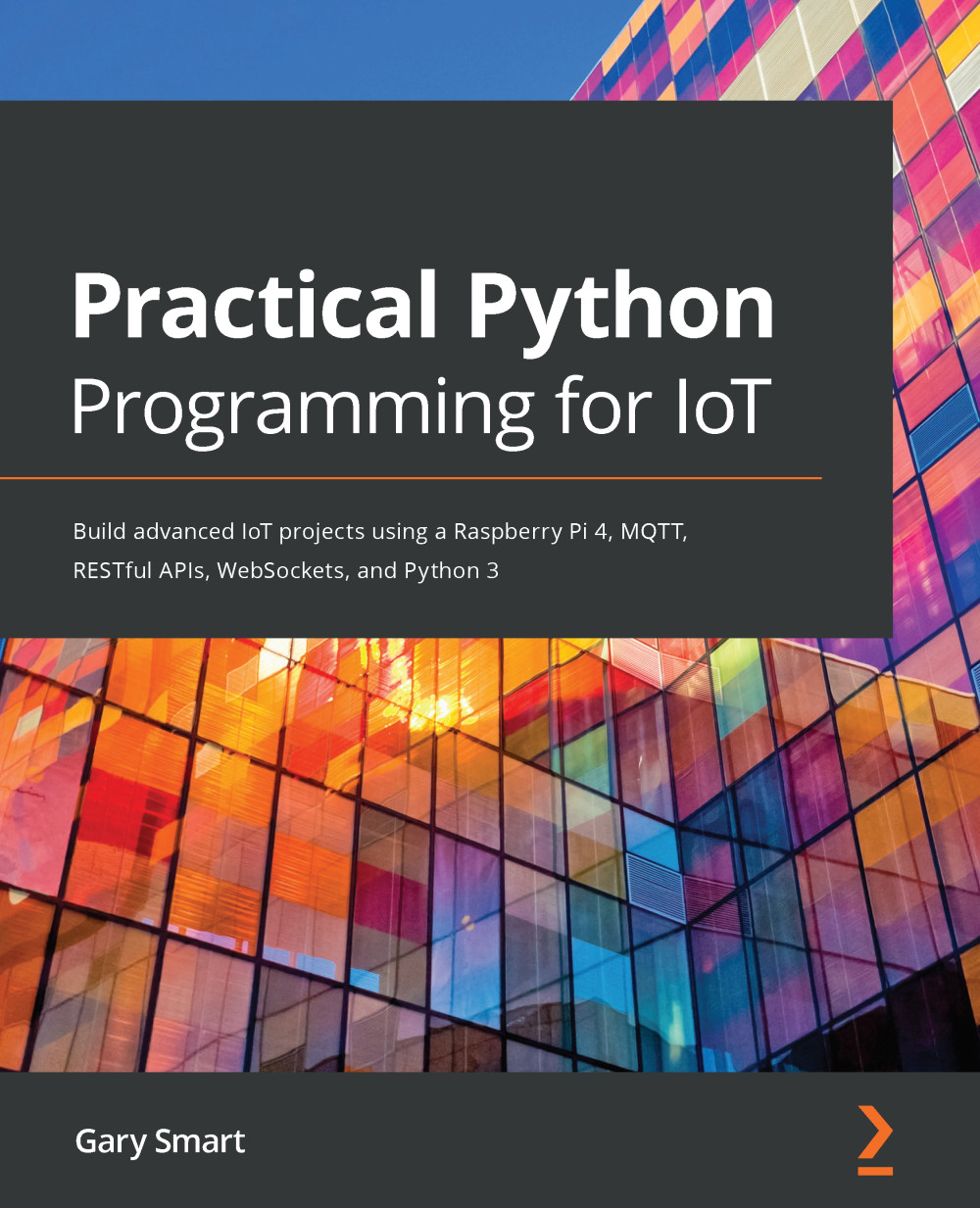In the preceding circuit diagram, we have the following parameters:
- Supply voltage of 3.3 volts
- LED typical forward voltage of 2.1 volts
- LED current of 20 mA (test condition for mA is mentioned in the datasheet for voltage drops)
Here is the process to calculate the resistor value:
- Our resistor (labelled R1) needs to drop 1.2 volts, which is a simple application of Kirchhoff's voltage law that we mentioned briefly previously; that is, The algebraic sum of all voltages in a loop must equal zero. So, if our source voltage is +3.3 volts and the LED drops 2.1 volts, then the resistor must drop 1.2 volts. This means we get the following equation:
+3.3V + -2.1V + -1.2V = 0V
- We can arrange Ohm's Law algebraically so that we get the following:

- Using this formula, we calculate our resistor's value:

= 60Ω (hence, resistor R1 in the preceding circuit is 60Ω)
But this is not 200Ω. Our example so far is a simple LED and...







































































